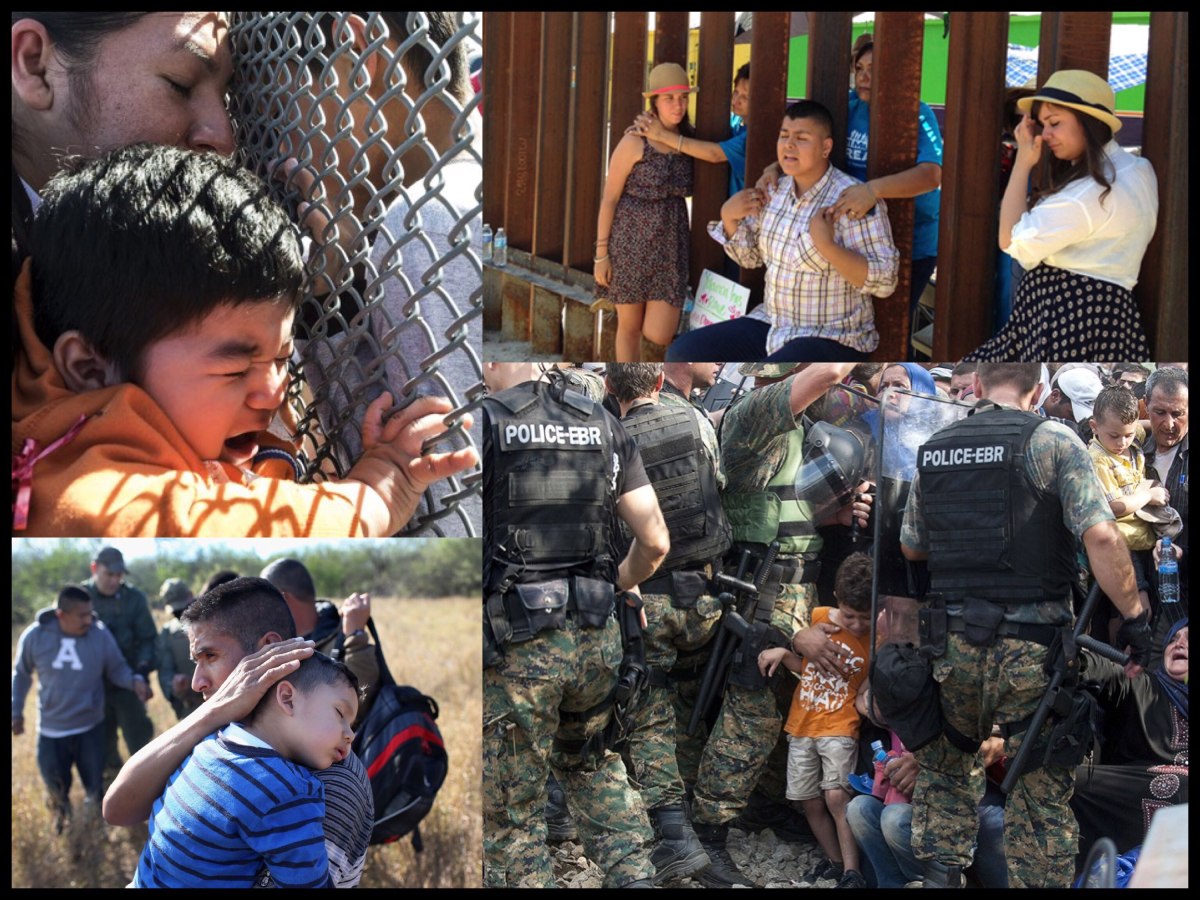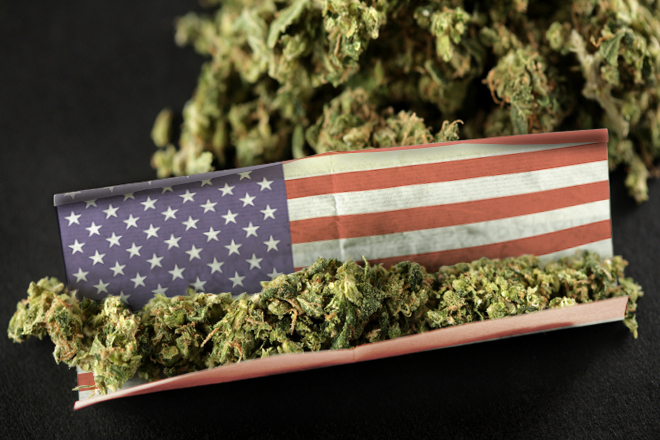Regulating immigration has been one of the most controversial tasks that many United States presidents have had to deal with. Since the passing of the Immigration and Nationality Act in 1952, 12 presidents have all exercised their executive privilege to regulate unforeseen challenges concerning immigration. Some of those executive actions have filled gaps in legislation and allowed certain persons to temporarily enter or remain in the United States when it has served the nation’s interests. Some executive policies have protected immigrants from specific countries—such as Hungarians and Cubans fleeing communism, Iranians fleeing revolution, Chinese nationals after the Tiananmen Square massacre, as well as Salvadorans, Hondurans, Guatemalans, and Nicaraguans after a hurricane. Some other actions have also addressed people who share attributes or possess common equities such as spouses and children of immigrants who received legal status under the Immigration Reform and Control Act of 1986 and, more recently, DREAMers through the Deferred Action for Childhood Arrivals, or DACA, program. All of these programs sound promising in hopes of providing a shelter and refuge and being the country of hope that these people have dreamed about.
However, their dreams have recently been turned into horrific nightmares.
With a new zero-policy put in place by Attorney General Jeff Sessions, immigrants seen crossing the border have been arrested and prosecuted. Since the children of those immigrants are not adults, they end up being separated from their parents and placed in various detention facilities. Since May 21, 658 children were split from their families at the border. As of June 14, that number has increased to over 7,000. To be clear, this is not happening to all immigrants. There are over 1,000 immigrants who are arrested and detained as families. Those persons are usually held in “family units” for a small amount of time until they have to appear in court. Everyone else is not so fortunate.
What are the detention camps like? Some reporters were allowed to visit the largest child care facility in Brownsville, Texas, and the experience, according to them, was like being inside of an incarceration camp versus a child care facility. The facility currently houses nearly 1,500 boys ranging from 10 to 17 years old. Those minors spend 22 hours per day during the week (21 hours on weekends) locked inside a converted former Walmart, packing five into rooms built for four. The average stay at the center in Brownsville is 52 days. After that, minors are placed with a sponsor. There are questions about how carefully the Office of Refugee Resettlement (ORR) vets the sponsors to whom it ultimately releases children. A PBS Frontline investigation found cases of teenagers getting released to labor traffickers by ORR. The agency told Congress in April that of the 7,000 children it attempted to contact in the Fall of 2017, 1,475 could not be contacted — leading to allegations that the government “lost” children, or that they had been handed over to traffickers.
These detention facilities and release practices sound awfully familiar. No matter what side of the political spectrum people fall on, no one should be in a place where it is justified to have families ripped apart and their children left unaccounted for. Unfortunately, Immigration and Customs Enforcement (ICE) and ORR are enforcing what the Attorney General and the current President of the United States have enforced and influenced in this country.
What does this say about the so-called “land of the free and home of the brave?” What does this say about the government and political leaders who have allowed this to happen? What does this say about the citizens who sit back and have chosen not to do anything? If nothing changes, this is only the beginning.
References:
“Family Separation at the Border Explained, by the Trump Administration” https://www.vox.com/2018/6/11/17443198/children-immigrant-families-separated-parents
“Surge in Children Separated at Border Floods Facility” https://www.nbcnews.com/news/us-news/surge-children-separated-border-floods-facility-undocumented-immigrants-n883001
“This is the Prison-Like Border Facility holding Migrant Children” https://www.rollingstone.com/politics/news/migrant-children-border-facility-w521518


